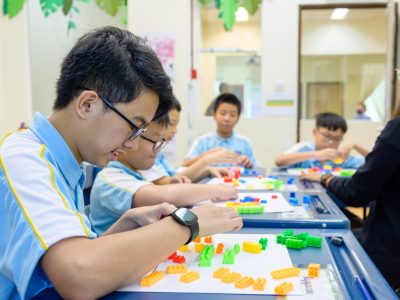Inclusive Education at IIS: Embracing Diversity and Building Empathy Amongst Students
At Integrated International School (IIS), inclusive education is at the heart of our values, shaping the learning experience for all our students. We believe in fostering an environment that celebrates diversity, promotes emotional intelligence, and cultivates empathy. By supporting students to connect with peers from diverse backgrounds and abilities, we...











